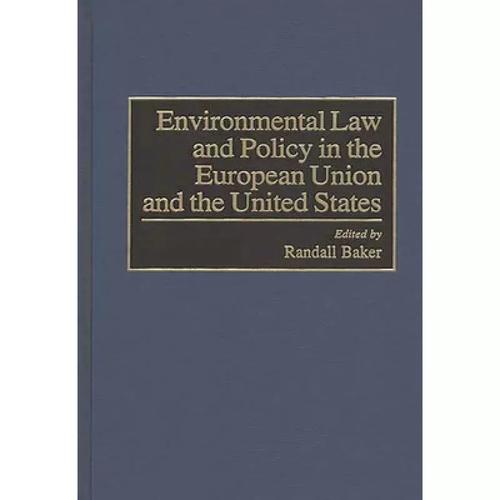
Understanding the Intersection of Environmental Law and Ethics
Environmental law and ethics are two crucial components that govern human behavior and interactions with the natural world. As you delve into the study of ETH 321, Week 4, it is essential to grasp the nuances of these two disciplines and how they intertwine to shape our approach to environmental issues.
Defining Environmental Law
Environmental law refers to a set of regulations, policies, and legal principles designed to protect the environment and its resources. These laws are created by governments at various levels, including local, state, and federal, and are intended to address a wide range of environmental concerns, such as pollution, deforestation, and climate change.

One of the primary goals of environmental law is to ensure that human activities do not harm the environment. This is achieved through the establishment of standards and guidelines for industries, businesses, and individuals. For example, the Clean Air Act in the United States sets limits on the amount of pollutants that can be emitted into the atmosphere, while the Endangered Species Act protects species that are at risk of extinction.
Exploring Environmental Ethics
Environmental ethics, on the other hand, is a branch of philosophy that examines the moral principles and values that guide human behavior regarding the environment. It focuses on questions of what is right and wrong in our interactions with nature and seeks to promote a more sustainable and harmonious relationship between humans and the planet.
Environmental ethicists argue that humans have a moral duty to protect the environment and its resources for future generations. This perspective is often grounded in the belief that all living beings have intrinsic value and that the environment itself is a common good that should be preserved for the benefit of all.
The Intersection of Environmental Law and Ethics
The intersection of environmental law and ethics lies in the shared goal of protecting the environment and promoting sustainable practices. While environmental law provides the framework for regulating human behavior, environmental ethics offers the moral foundation for why these regulations are necessary.

For instance, the Clean Water Act, which regulates the discharge of pollutants into water bodies, is grounded in both environmental law and ethics. The law sets specific standards for water quality and requires industries to obtain permits before discharging pollutants. Ethically, this approach is justified because it recognizes the intrinsic value of clean water and the harm that pollution can cause to aquatic ecosystems and human health.
Case Studies: The Role of Environmental Law and Ethics
Several case studies illustrate the importance of environmental law and ethics in real-world scenarios. One notable example is the BP oil spill in the Gulf of Mexico in 2010. The spill resulted in significant environmental damage, including the death of marine life and the contamination of coastal ecosystems.
From a legal perspective, BP was held liable for the spill under the Oil Pollution Act of 1990. This law required the company to pay for the cleanup and compensate affected parties. Ethically, the spill raised questions about the responsibility of corporations to protect the environment and the well-being of communities.
Another example is the debate over hydraulic fracturing, or “fracking,” a method used to extract natural gas from the ground. While environmental laws regulate the process to minimize harm, ethical concerns arise regarding the potential long-term impacts on water quality and public health.
Challenges and Solutions
Despite the progress made in environmental law and ethics, several challenges remain. One challenge is the difficulty of enforcing environmental regulations, particularly in developing countries where resources are limited. Another challenge is the balance between economic development and environmental protection, as some argue that strict environmental regulations can hinder economic growth.
One potential solution is to strengthen the role of environmental ethics in decision-making processes. By promoting a culture of environmental stewardship and encouraging individuals and organizations to consider the long-term consequences of their actions, we can create a more sustainable future.
Additionally, international cooperation is crucial in addressing global environmental issues. By working together, countries can share resources, knowledge, and best practices to develop effective environmental laws and policies.
Conclusion
Understanding the intersection of environmental law and ethics is crucial for addressing the complex challenges we face today. By recognizing the importance of both disciplines, we can work towards a more sustainable and harmonious relationship with the natural world.



